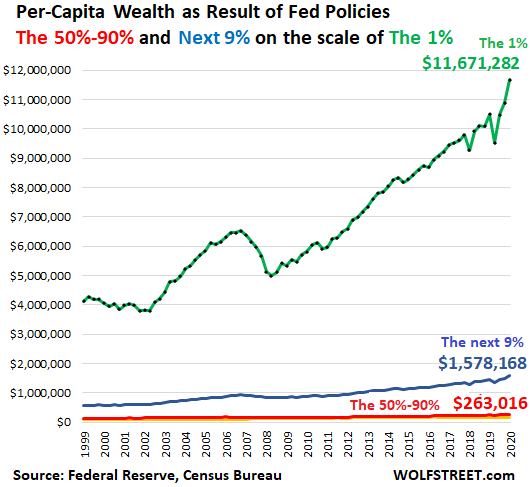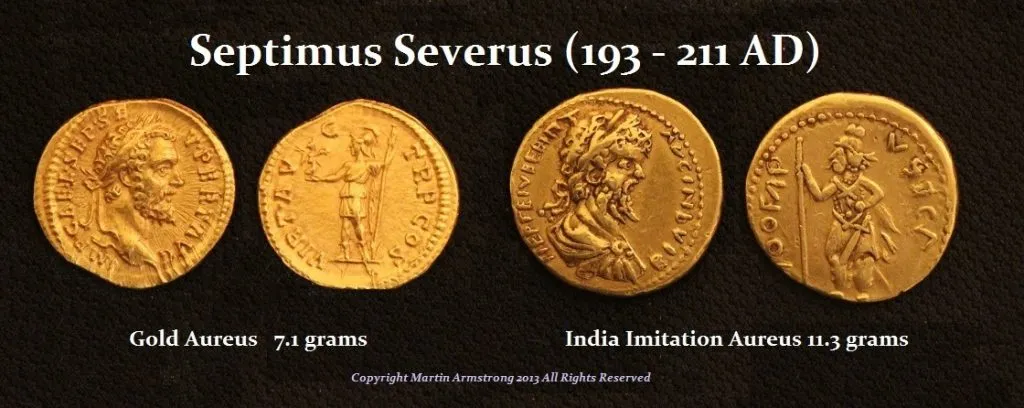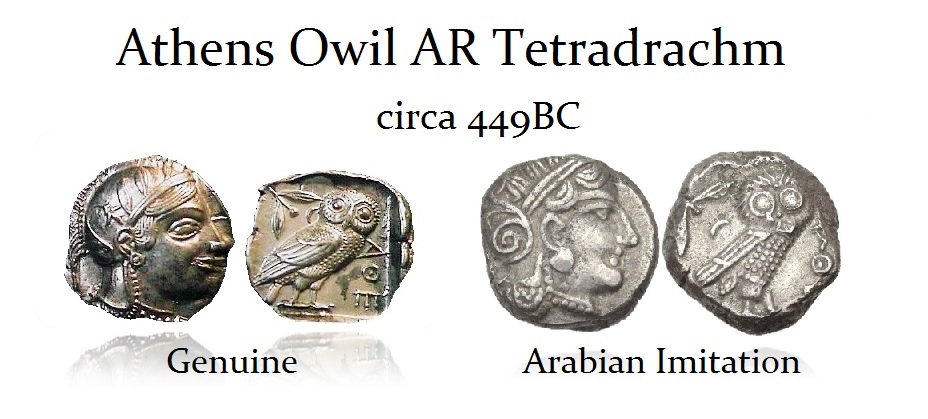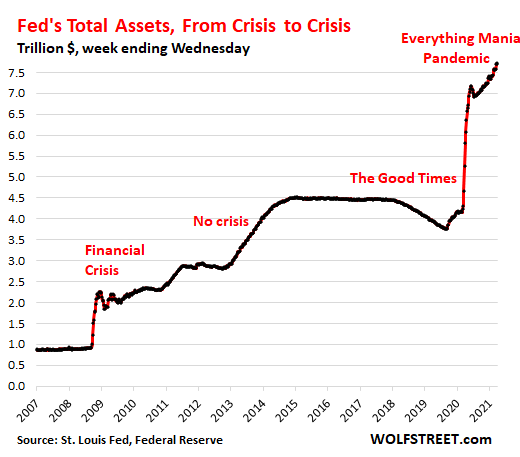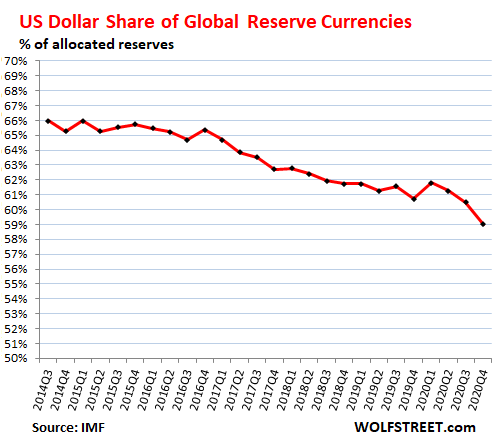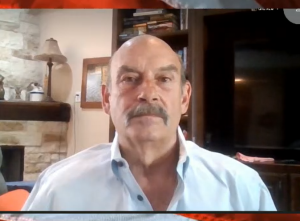How much money should there be in the world? It is an interesting question; to which, at any time, there is a correct answer that is unknown to anyone. It is the amount at which money is able to perfectly perform its two key functions – being a medium of exchange and a store of value. Too little money in circulation and it would cease being a fair store of value because its value would be increasing – something that hasn’t occurred in half a century. Most often, money ceases to be a store of value on the downside – losing its value – because it is far easier for states and banks to create new currency than it is to destroy it.
In practice, whether there is too much, or not enough money in the system is largely a matter of political economy rather than science. There are two broad economic camps – Monetarists and Keynesians – which largely correspond to conservative and liberal politics. The conservative-monetarist camp has been arguing for more than a decade that there is too much money in a system which should have been allowed to fail back in 2008. The liberal-Keynesian camp in contrast, argues that the absence of productivity gains, inflation and wage growth pressure show that there is too little money in circulation.
The liberal-Keynesian camp appears to be winning the argument for now. This is because the economic fallout from the pandemic and the response to it would – at least in the short-term – have been devastating were it not for the various grants, loans, bailouts, stimulus payments and public services spending embarked upon by states and central banks around the world. Moreover, by pumping trillions of newly created dollars into the system, the Biden administration may well create a short-term post-pandemic bounce which will prevent the immediate onset of depression.
…click on the above link to read the rest of the article…





